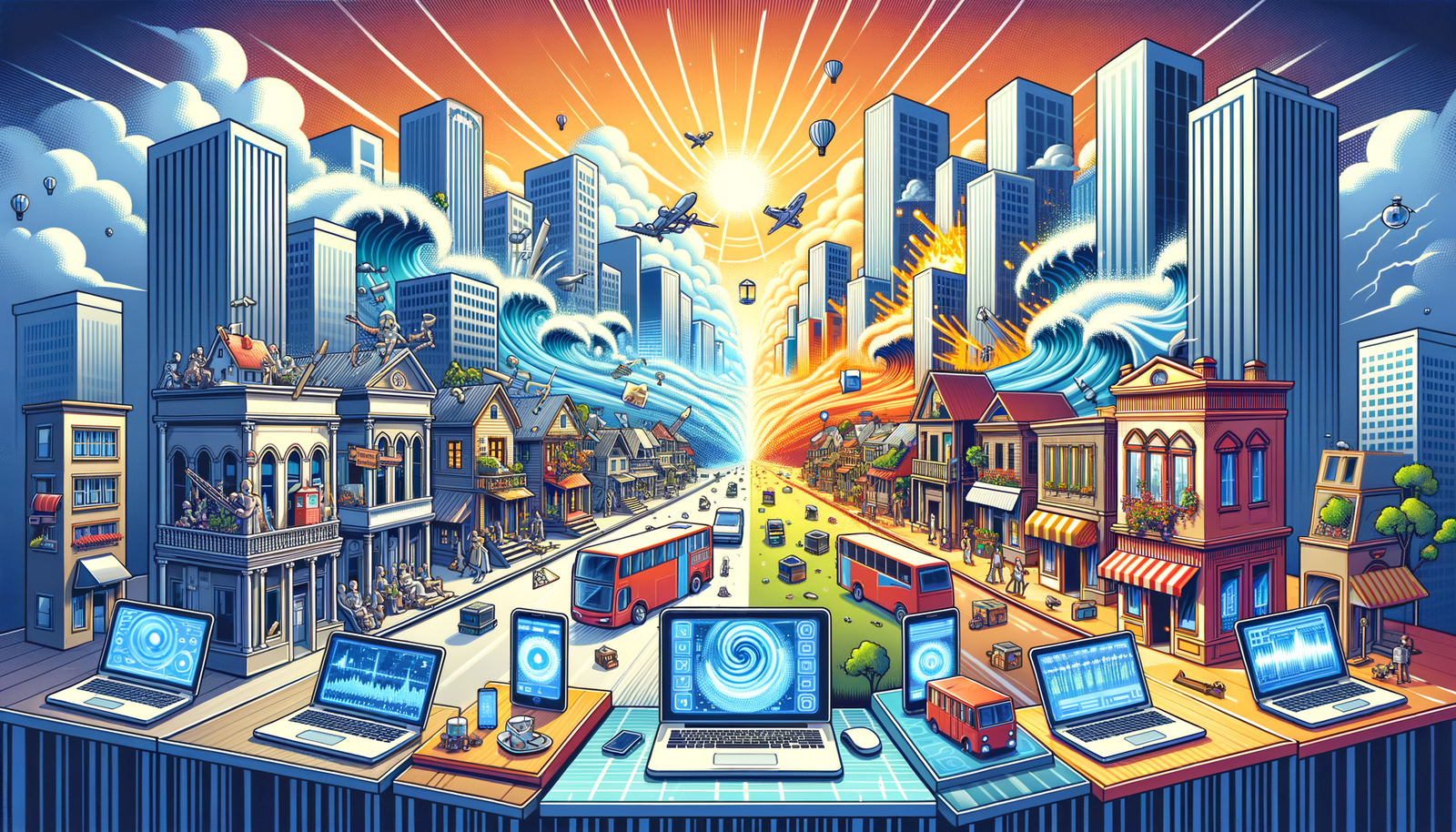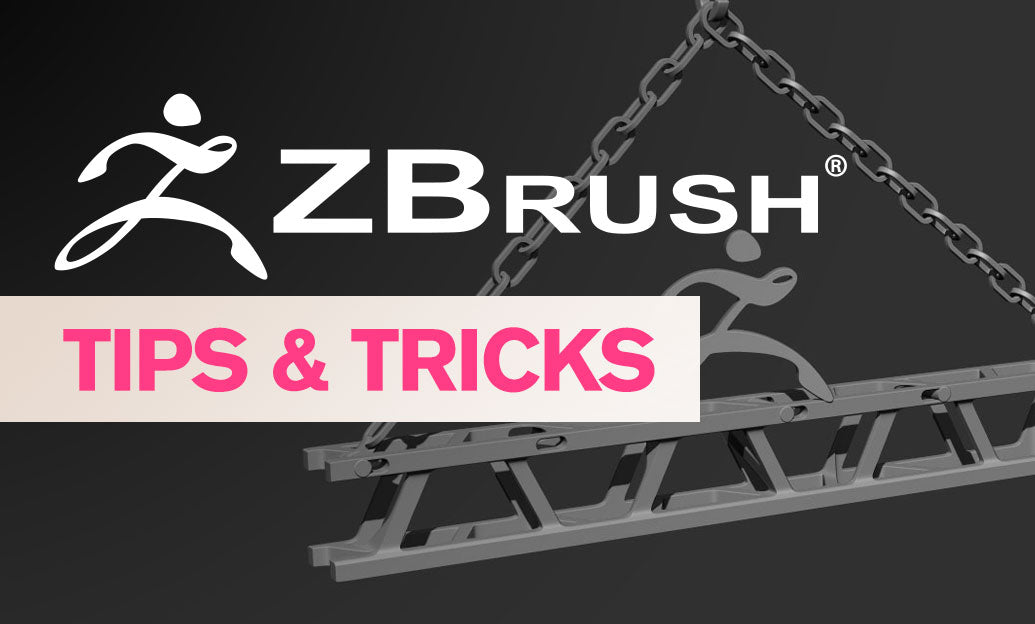Your Cart is Empty
Customer Testimonials
-
"Great customer service. The folks at Novedge were super helpful in navigating a somewhat complicated order including software upgrades and serial numbers in various stages of inactivity. They were friendly and helpful throughout the process.."
Ruben Ruckmark
"Quick & very helpful. We have been using Novedge for years and are very happy with their quick service when we need to make a purchase and excellent support resolving any issues."
Will Woodson
"Scott is the best. He reminds me about subscriptions dates, guides me in the correct direction for updates. He always responds promptly to me. He is literally the reason I continue to work with Novedge and will do so in the future."
Edward Mchugh
"Calvin Lok is “the man”. After my purchase of Sketchup 2021, he called me and provided step-by-step instructions to ease me through difficulties I was having with the setup of my new software."
Mike Borzage
AI-Powered Design Software: Transforming Conceptualization, Optimization, and Real-World Applications
September 14, 2024 4 min read


Introduction to AI-Assisted Design
The evolution of design tools has been remarkable, transitioning from manual drafting with pen and paper to sophisticated digital platforms. Over the years, design software has continually advanced, incorporating new technologies that enhance the creative process. The latest innovation making waves across various industries is Artificial Intelligence (AI). AI’s integration into design tools is transforming how designers work, providing unprecedented capabilities.
AI-assisted design refers to the application of artificial intelligence to aid in the creation, optimization, and execution of design tasks. Unlike traditional design methods that rely heavily on manual interventions, AI-assisted design leverages algorithms and machine learning to offer enhanced creativity, efficiency, and error reduction.
AI in the Conceptual Phase
Idea Generation and Concept Exploration
AI algorithms have the ability to generate diverse design concepts based on initial input parameters. This capability is particularly evident in generative design and parametric design, where AI explores numerous design solutions by adjusting and optimizing parameters.
Generative design involves setting specific goals and constraints, such as material usage and strength requirements. The AI then uses these inputs to generate a wide range of potential designs, often uncovering innovative solutions that might not have been considered through traditional methods.
For instance, in parametric design, designers input rules and relationships that define the structure of the design. AI can manipulate these rules to explore variations and optimize the design according to specified criteria. This results in a rich array of design options from which the best solution can be selected.
Rapid Prototyping and Iteration
AI tools also excel in creating and iterating on initial design sketches quickly. Rapid prototyping enables designers to produce and test prototypes at a faster pace, facilitating a more iterative design process.
- Example Software for Rapid Prototyping: Many design platforms now include AI features that allow for fast prototyping. Tools such as Autodesk Fusion 360 and Rhino use AI to enhance the ideation phase.
- AI in Ideation: AI assists designers by providing suggestions, automating repetitive sketching tasks, and even predicting potential design flaws before they occur.
AI-Driven Optimization and Refinement
Performance Optimization
One of the significant advantages of AI in design is its ability to optimize for performance. This includes structural, thermal, and fluid dynamics simulations. AI can analyze and adjust designs to improve their efficiency and effectiveness based on real-world parameters.
For example, in structural optimization, AI algorithms can determine the best material distribution within a given design to achieve optimal strength and weight balance. In thermal and fluid dynamics, AI can simulate various conditions to ensure that the design performs well under different scenarios, thus minimizing the risk of failure.
Design Refinement
Once the initial design and optimization are complete, the next step is refinement. AI plays a crucial role here by automating repetitive and time-consuming tasks such as mesh cleaning and parameter adjustments.
Tools that incorporate AI can significantly streamline this phase. For instance, AI algorithms can detect and correct potential issues in the mesh, ensuring that the model is accurate and ready for further development. Additionally, AI can automatically adjust parameters based on predefined rules, making the process more efficient and less prone to human error.
From Digital Model to Real-World Application
Integration with Manufacturing
Transitioning from digital models to physical products is a critical phase in the design process. AI assists in this transition by optimizing designs for various manufacturing methods, including additive manufacturing (3D printing) and traditional manufacturing workflows.
In additive manufacturing, AI can determine the best orientation for printing, minimize material usage, and predict potential printing issues. This ensures that the final product is both cost-effective and high-quality. In traditional manufacturing, AI helps in optimizing the design for machinability, reducing production time, and enhancing overall efficiency.
Real-World Applications and Case Studies
AI-assisted design is already making a significant impact across various industries. In architecture, AI helps in creating innovative building designs that are both aesthetically pleasing and structurally sound. In the automotive industry, AI optimizes vehicle designs for performance, safety, and fuel efficiency. In consumer products, AI assists in developing products that are ergonomically designed and tailored to user needs.
Looking ahead, the potential for AI in design is vast. As AI technology continues to evolve, we can expect even more advanced capabilities, such as real-time collaboration between designers and AI, and the integration of AI into augmented and virtual reality environments.
Conclusion
Recap of AI’s Impact on Design
AI has revolutionized the design process from concept to creation. It enhances creativity by generating diverse design options, improves efficiency through rapid prototyping and iteration, optimizes performance by conducting comprehensive simulations, and refines designs by automating repetitive tasks.
Future Prospects
The landscape of AI in design is continuously evolving. Future innovations might include more sophisticated AI algorithms, greater integration with other technologies like AR and VR, and broader adoption across various fields. Designers and engineers who embrace these technologies will likely lead the way in creating groundbreaking designs.
Call to Action
As AI continues to transform the design industry, it is crucial for designers and engineers to stay abreast of these advancements. Explore AI-assisted tools, experiment with new technologies, and push the boundaries of what is possible in design. The future of design is here, and it is powered by AI.
Also in Design News

Leveraging Predictive Design and Machine Learning for Future-Ready Solutions
November 26, 2024 10 min read
Read More
Design Software History: Advancements in Software for Disaster-Resilient Urban Planning: A Historical and Technological Perspective
November 26, 2024 7 min read
Read More
ZBrush Tip: Maximizing Sculpting Precision with ZBrush Morph Targets: Essential Tips and Techniques
November 25, 2024 2 min read
Read MoreSubscribe
Sign up to get the latest on sales, new releases and more …


